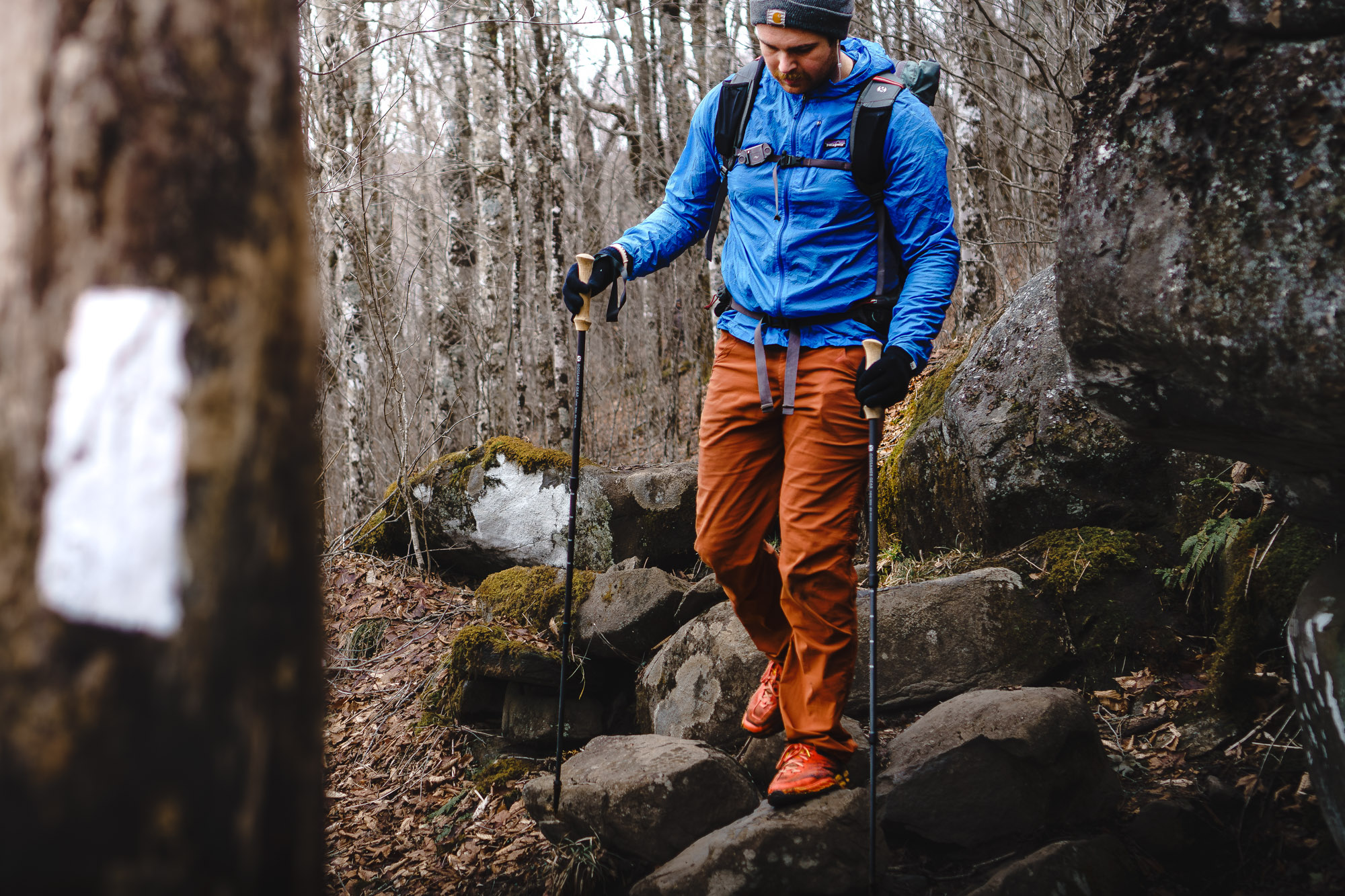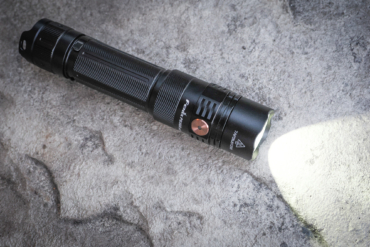Gossamer Gear has been making high-quality ultralight backpacking gear for 20 years, refining products with an eye toward thru-hikers. The LT5 Trekking Poles reflect the care and experience GG has gained, creating ultralight products for backpackers and thru-hikers alike. Perfectly balancing weight and durability, these poles have thousands of miles in the tank.
Throughout my hiking career, I’ve used a variety of hiking poles on thru-hikes, high routes, and backpacking trips all over the United States and Tasmania. I’ve used Gossamer Gear for years, including its UL Kumo pack and The One Tent on multiple thru-hikes.
And so, when I finally got a chance to take the LT5s backpacking on the Appalachian Trail, I expected to like them a lot. I was amazed at how light and comfortable they were in my hands.
With pure carbon shafts, a simple but robust twist-lock functionality, and comfortable EVA foam grips, the LT5 Trekking Poles have all the hallmarks of a set of walking sticks that can put up with the 2,000-3,000-mile trek and be ready to do it again next season.
In short: Take it from a veteran thru-hiker: If you’re putting down big mile days on any of the National Scenic Trails in the U.S. (or even abroad), the Gossamer Gear LT5 Trekking Poles are the poles I see most trail hounds using. At less than 10 ounces for the pair, these featherlight poles shave ounces where it counts while retaining strength where it matters.
The LT5 poles are dialed in for lightweight hikers, but there are plenty of other sticks on the market for other types of trekking. For more, check out GearJunkie’s Best Trekking Poles Buyer’s Guide.
-
Comfort
8.0
-
Durability
8.0
-
Adjustability & Locking
7.0
-
Weight
10.0
- Measured Weight: 9.8 oz. (per pair)
- Packed Length: 23.5"
- Deployed Length: 60-130 cm
- Shaft Material: Carbon
- Grip: EVA foam
- Lock Style: Twist lock
- Tips and Baskets: Carbide tips, and small trail baskets and rubber boots
Pros
- Lightweight at less than 10 ounces per pair
- Carbon fiber shafts are super durable
- Twist lock mechanism only requires setting length on one section
- Quite packable
- Long enough to be used with trekking pole shelters
Cons
- Pretty minimal strap design, can loosen while running
- Twist-lock mechanism requires some maintenance to keep working
Gossamer Gear LT5 Trekking Poles: Review
Thru-Hiker Tested and Approved
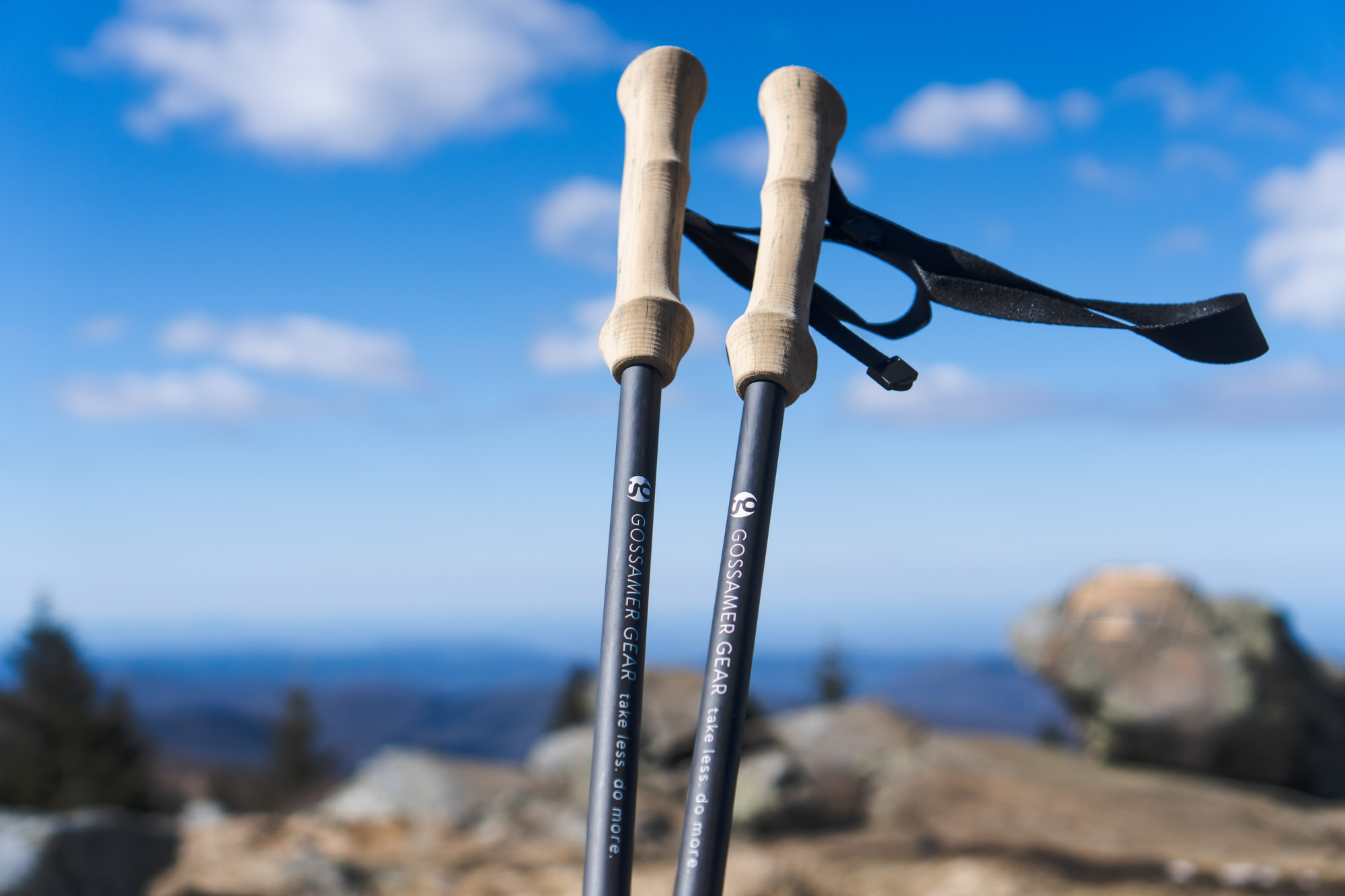
A few years ago, I got into fastpacking thru-hikes and high routes. These adventures border on ultra-endurance runs but are still backpacking trips at their core. Going fast and light means my pack is relatively comfortable, but the miles and terrain can be brutal on the knees. Having a good pair of trekking poles has been essential for making those miles easier.
On my first thru-hike, I used a pair of hand-me-down twist lock poles, and afterward, I vowed never to use that kind again. I’ve used trekking poles with flip-locks for a long time, generally thinking they were superior to my old twisting poles. Since then, I’ve changed to a different perspective — no piece of equipment is perfect, and it all just depends on the quality of the product and how well you treat it.
This past winter, I took the LT5s backpacking on the Appalachian Trail in the Roan Highlands to see how they performed. I hiked in mud, over slick rocky balds, and through ice and snow. The variety of trail conditions allowed me to see what these poles are really made of. Not only did they meet my expectations, I got more excited about taking these poles out on longer, more difficult adventures.
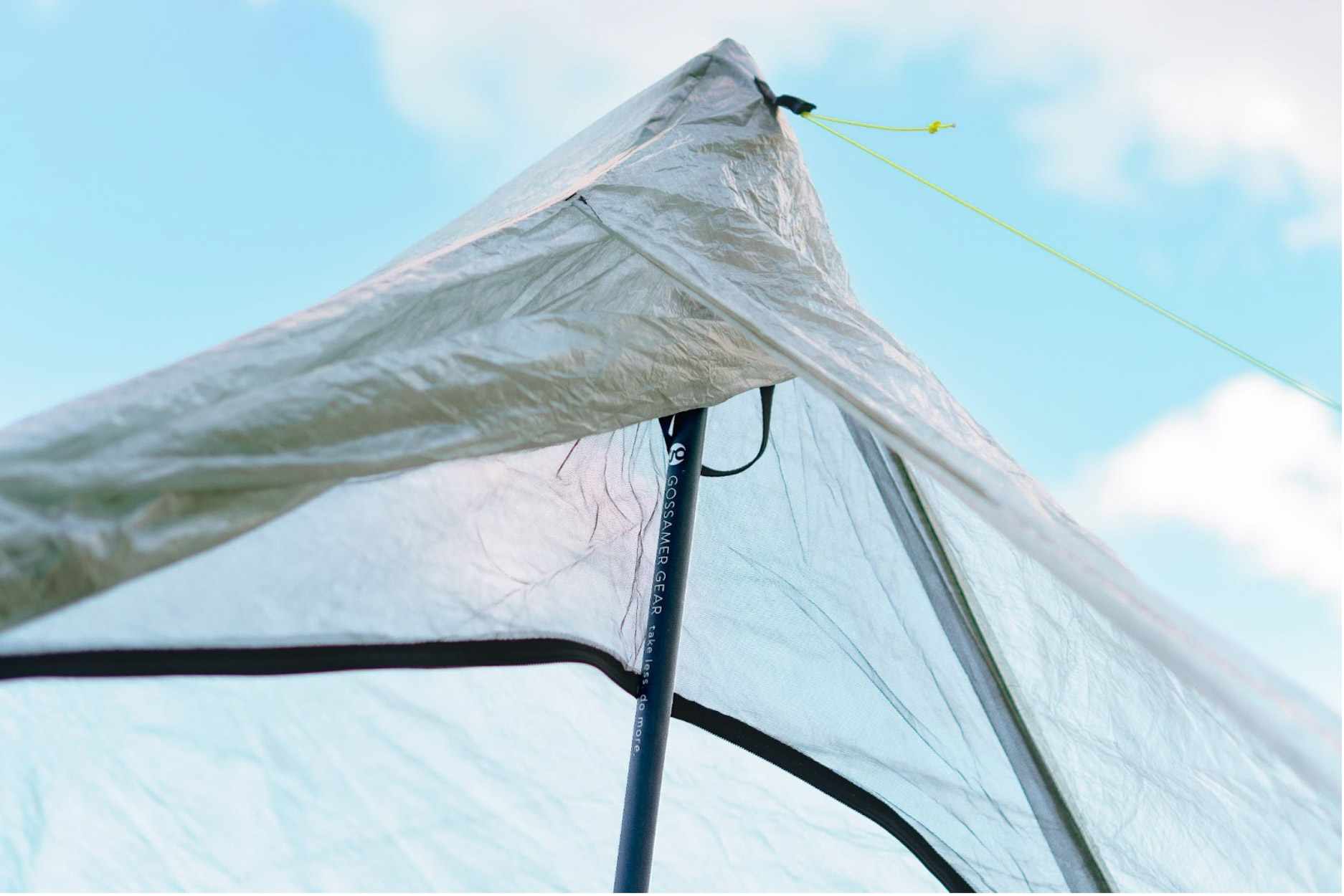
Since taking the poles on their initial voyage on the AT, I’ve been using them on trail runs and big day missions in Zion National Park, where the steep, challenging terrain is plentiful and hard on the knees and poles come in handy often. In short, using the LT5s has been awesome.
Most recently, I decided to take the LT5s to climb the West Temple and East Temple of Zion in a day. This involved approximately 18 miles of trail running, desert bushwacking, rock climbing, and 8,000 feet of vertical gain.
I’d been hesitant to put these poles through the wringer, unsure how the twist locks and ultralight carbon shafts would hold up under a lot of stress. But, they performed amazingly well when I was thrashing through boulders and scree, scrambling up ledges, and running down the steep rocky ridges of the Zion backcountry.
On- and Off-Trail Performance

During off-trail bushwacking runs and traversing through Zion’s unstable slopes, I have been planting the poles hard and aggressively trusting their support. They have been plenty strong and reliable pushing their limits as hard as I can.
As someone who likes to backpack high routes and get into off-trail terrain, I frequently take my poles out and put them away to transition between hiking and scrambling when I need both hands. The bulkier flip-locks are always getting snagged on straps on the outside of my packs during this process, which annoys me greatly when it happens repeatedly. The smooth profile of the LT5s twist locks helps remove this small but consistent inconvenience on the trail.
Compared to the other trekking poles made by competitors, the LT5s are extremely light (at 9.8 ounces for the pair). I was surprised by how light they were in my hands. Typically, I’m really aware of the small but noticeable effort it takes to wield a pair of poles while hiking down the trail, especially after a long and demanding day. It might seem small, but ultralight hikers are all about the little details, and we know they count.
I can’t stress enough how light these poles feel. Swinging them in my hands was so easy, and I didn’t want or need to put them away when I was hiking for hours. Stashed in my pack during big missions, the weight doesn’t feel like a burden on my back either.

I’ve lent the poles to clients during guided hiking trips in southern Utah a few times now, and they have been supportive and trustworthy for the variety of folks with different body types and hiking abilities who have used them so far.
One of the things I love the most about Gossamer Gear’s equipment is the feel of its products. The poles are so comfortable. My last pair of poles had cork handles, with a harder, thinner cork layer glued over the plastic handle. They were amazing in a lot of ways, but the cork layer deteriorated over the course of my AT-thru-hike.
Instead of cork, the handles on LT5s are made from EVA foam. The softer grip is great while casually cruising along easy terrain and when I was actively powering up big climbs. EVA is lighter and more durable than cork handles and is typically warmer to hold on days with cold temperatures, making the material an awesome choice over cork or plastic grip poles.
Sleek and Simple Design
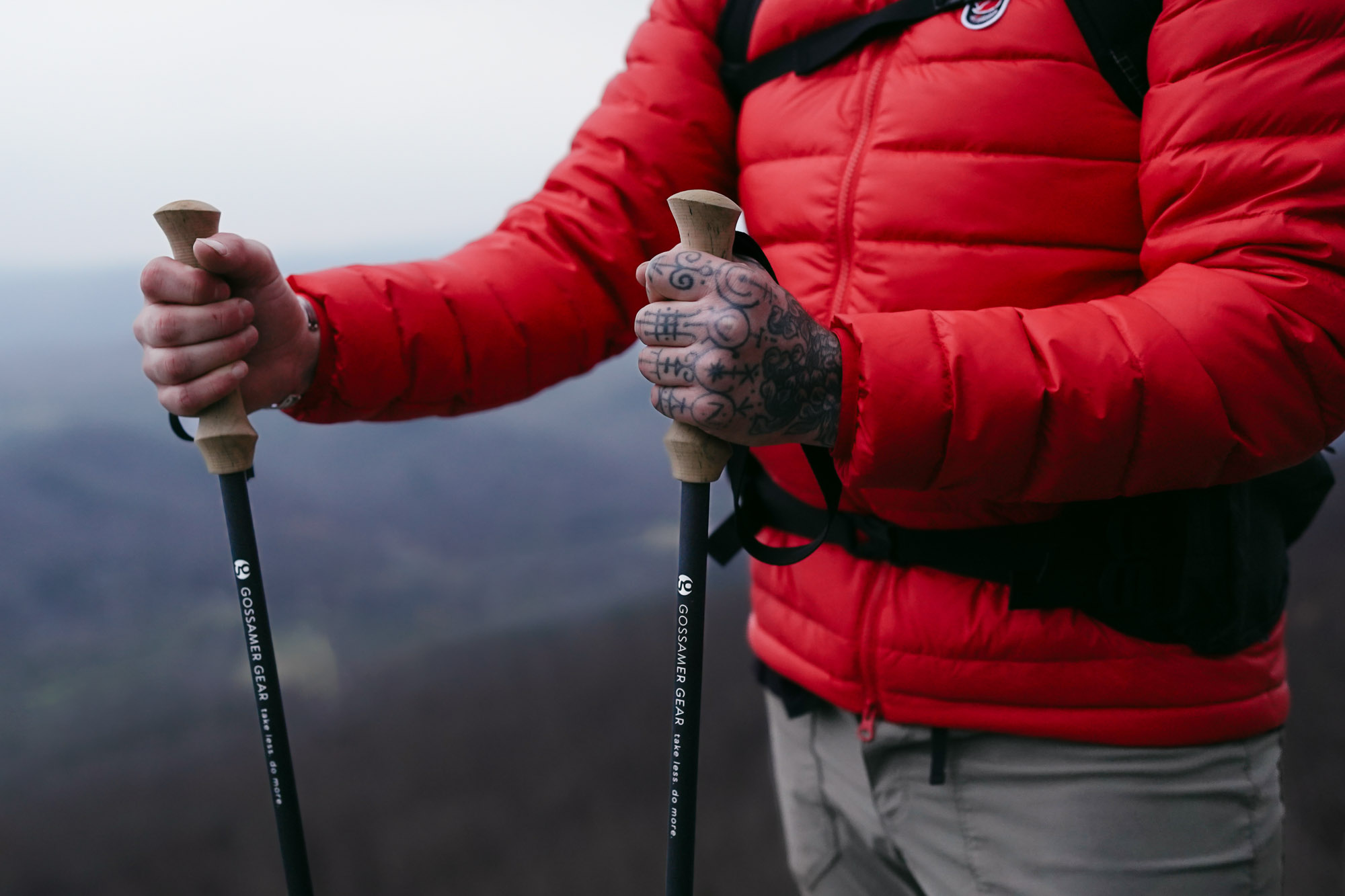
Of all the telescoping poles I’ve used, these were the first pair to have a slightly different setup. The bottom section of the pole is intended to be lengthened just below the “stop” line, and the upper section is adjusted to decide the actual length of the pole. Removing the need to find and match the markings on both the top and the bottom sections was a welcome design simplification and one of those things that just makes sense.
Replaceable Sections
If you do break a section of the pole on trail, fear not, Gossamer Gear sells replacement sections, new tips, and baskets on its website.
Personally, I’m a fan of the minimalist strap design. It’s easy to understand how some folks might want a more significant or supportive trap on the trekking poles, so this could be a problem for some hikers who like having their hands in the straps all day.
I find myself using my poles by taking out and putting away one or both poles often throughout the day to take photos, give my arms a break, or scramble. Straps on poles I’ve used in the past were more supportive with larger straps, but when I don’t have my hands in them, they feel way more annoying and in the way than worth having.
Room for Improvement
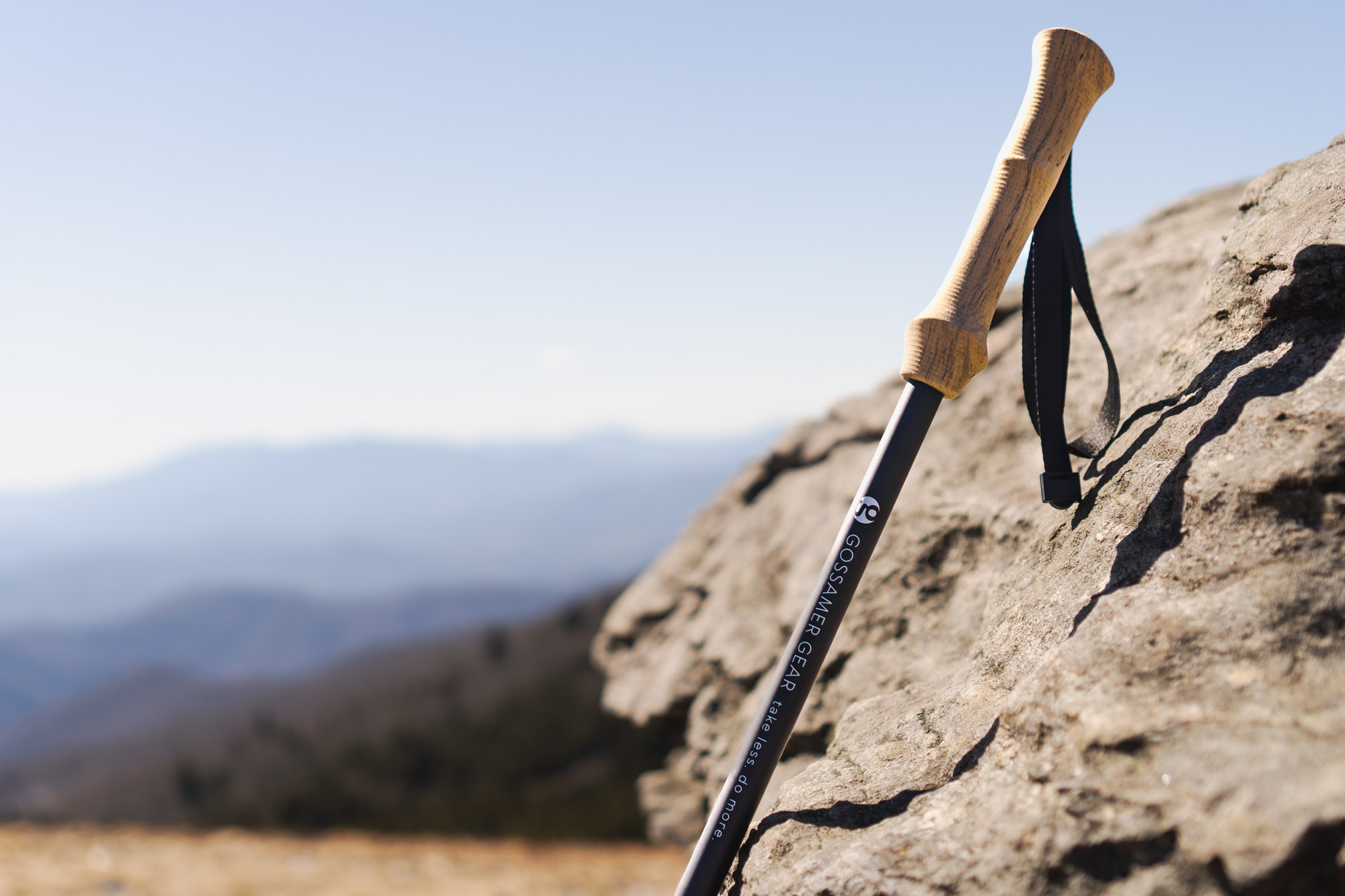
I almost never use pole straps on hiking trails. However, when I do, I want the straps to be sturdy and comfortable. The straps on Gossamer Gear’s LT5 poles are almost as minimal as they can get, and while made from a comfortable material, they aren’t the beefy supportive type.
In April, I took these poles out on an ultramarathon in Zion National Park, running the Zion Traverse. The single-track backcountry trail covers a lot of terrain, from steep, slick rocks to deep sandy washes.
As much as I love these poles, I didn’t love the straps. During the day, they regularly needed to be retightened when I wasn’t actively putting my weight into them. If you want some really supportive wrist straps to rely on all day long, these thinner, lighter ones might not be as comfortable or enjoyable for you.
Like any twist-lock mechanism poles, they can be harder to secure perfectly and are not as easy as flip-lock mechanisms. Personally, I think it’s a small difference on a long trail, and the design of the LT5 trekking poles makes them easier to set up than typical twist-lock poles.
In a trail running context, they don’t break down as small as folding poles like the Black Diamond Distance Z Poles, and I can’t stash them completely inside my small summit bag or a running vest. In general, these aren’t really made for running, but for backpacking or thru-hiking, they are of a higher caliber than most options on the market.
Gossamer Gear LT5 Trekking Poles: Conclusion
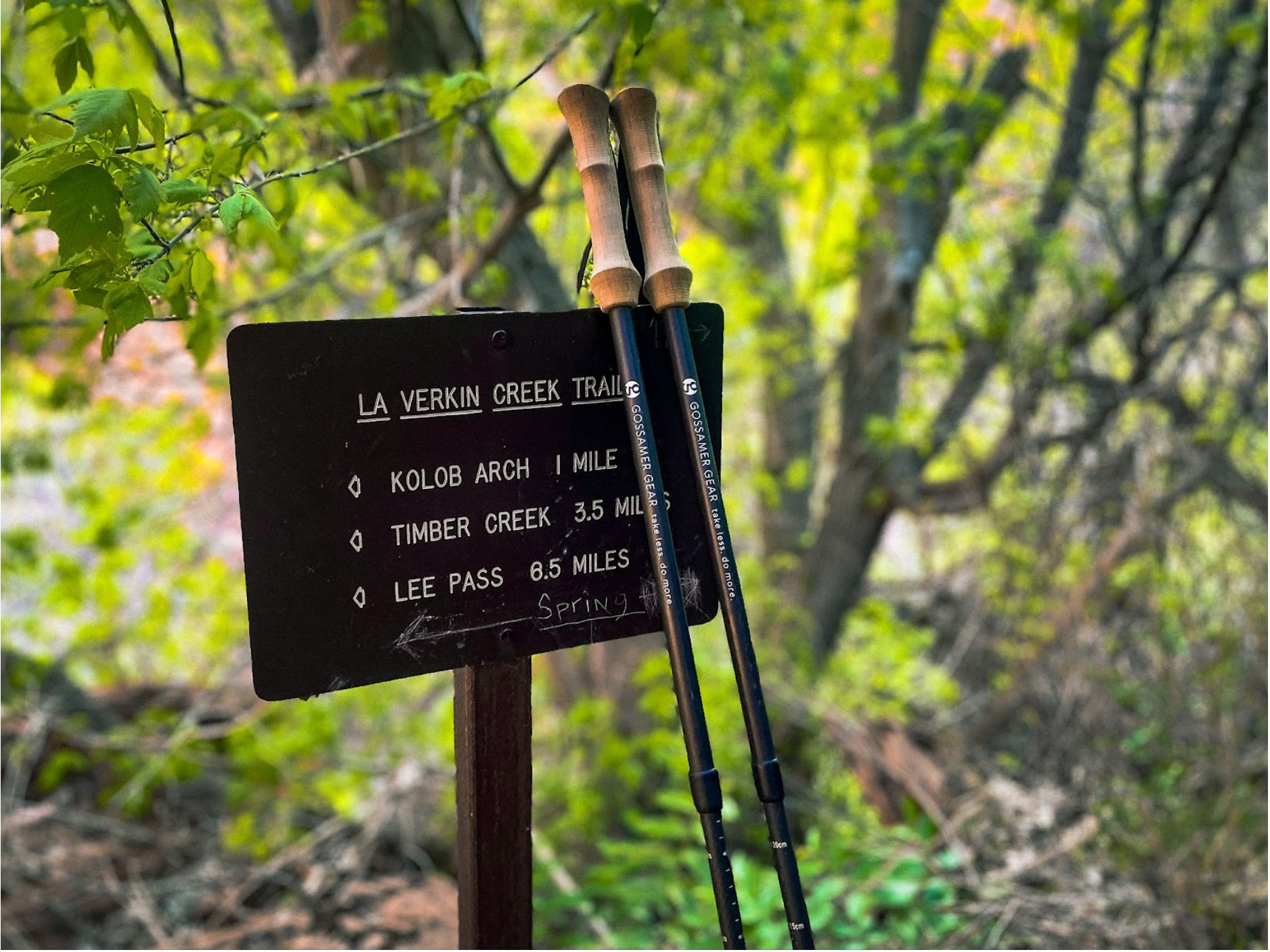
For minimalist thru-hikers and ultralight backpackers, the Gossamer Gear LT5 Trekking Poles are a top gear choice. Ultralight, comfortable, easy to use, and strong, they have a smaller audience than some other poles might appeal to.
These may not be the thrash-em-up poles you want to buy if you heavily abuse your gear. So, before you use the LT5s like a bat for an on-trail game of pinecone baseball, think twice. Sometimes ultralight means ultra-careful, and while these aren’t the strongest possible hiking poles ever, they are pretty sturdy and able to support heavy loads and lots of abuse. Hikers and backpackers looking for truly ultralight poles to add to your setup, you’ve found the ones.
I’m excited to keep using these poles on a variety of outdoor missions, hikes, and backpacking trips this year, and until someone makes a lighter and more affordable pole, the LT5s will be my top choice for backpacking poles going forward.
